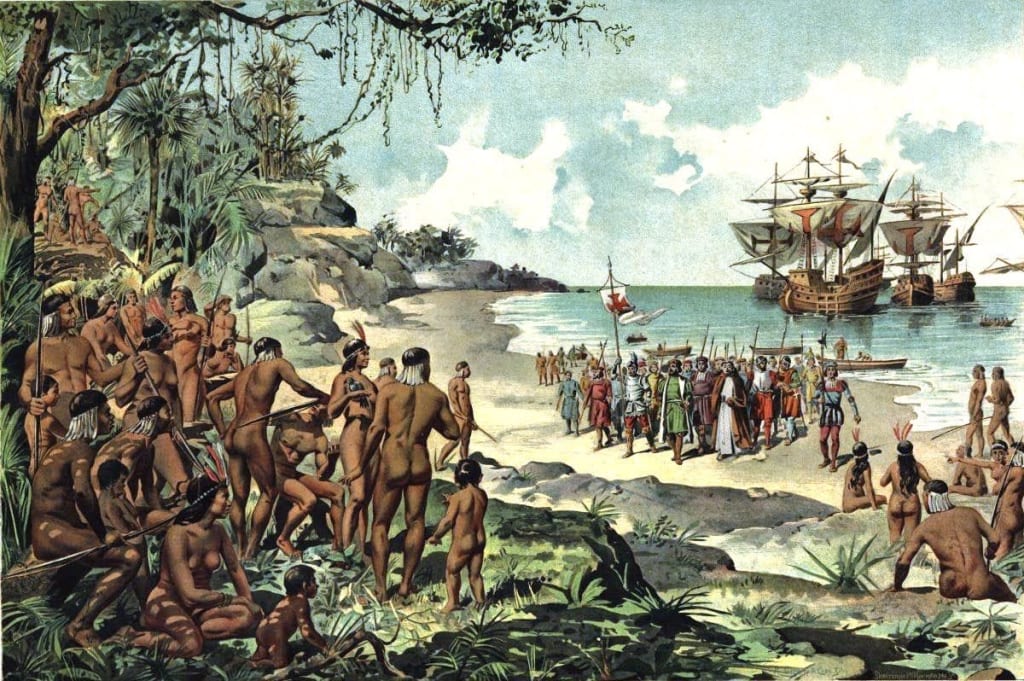Spanish Colonization in the Philippines
"Exploration, Conquest, and Legacy: Unraveling the Complex Tapestry of Spanish Influence"

Part 1: Arrival of the Spanish Explorers
In 1521, Ferdinand Magellan, a Portuguese explorer sailing under the Spanish crown, embarked on a perilous journey that would forever alter the course of Philippine history. His arrival on the shores of Homonhon Island marked the beginning of a series of encounters between the Spanish and the indigenous inhabitants. Magellan's expedition, driven by a quest for spices and the ambition to find a western route to the Indies, opened the doors to subsequent Spanish expeditions.
The Spanish explorers, motivated by tales of untold riches and the zeal to spread Christianity, set sail towards the uncharted waters of the archipelago. Explorers such as Ruy López de Villalobos, Martín de Goiti, and Juan de Salcedo ventured further into the Philippine islands, establishing contacts with local leaders and encountering diverse cultures.
Part 2: Spanish Conquest and Control
The Spanish conquest of the Philippines unfolded over several decades, marked by a combination of military expeditions, strategic alliances, and diplomatic maneuvers. Miguel López de Legazpi, a seasoned conquistador, played a pivotal role in establishing Spanish presence in the archipelago. In 1565, he founded the first Spanish settlement in Cebu, laying the foundation for future Spanish control.
The Spanish forces swiftly expanded their influence, establishing forts and trading posts in strategic locations. They navigated complex political dynamics, forging alliances with some indigenous leaders while facing resistance from others. Through military might, alliances, and a keen understanding of local power structures, the Spanish gradually extended their control over the islands.
Part 3: The Encomienda System and Colonial Rule
To administer their newfound territories, the Spanish implemented the encomienda system, a form of tribute and labor system. Under this system, Spanish conquistadors and officials were granted encomiendas—tracts of land and the labor of indigenous communities residing on those lands. The indigenous population was forced to provide labor, tribute, and loyalty to the Spanish encomenderos.
The encomienda system, while ostensibly a means of governance, served as a mechanism for the exploitation and subjugation of the indigenous population. Indigenous communities were subjected to forced labor, harsh conditions, and economic exploitation. The Spanish administrators and missionaries worked in tandem, using their authority and influence to enforce Spanish dominance and ensure the spread of Catholicism.
Part 4: Cultural Assimilation and the Galleon Trade
Spanish colonization brought significant cultural changes to the Philippines. Alongside their military and religious efforts, the Spanish introduced new agricultural practices, such as the cultivation of tobacco, maize, and wheat. They brought domesticated animals like horses, cattle, and chickens, which transformed the local landscape and economy.
One of the most impactful exchanges was the Manila-Acapulco Galleon Trade. Spanning more than two centuries, this trade route connected Manila in the Philippines to Acapulco in Mexico, facilitating the exchange of goods between Asia, the Americas, and Europe. The Galleon Trade brought immense wealth to both Spain and the colonies, fostering economic growth, cultural exchange, and the introduction of new products and ideas.
Part 5: The Spread of Christianity and Religious Influence
Central to Spanish colonization was the spread of Catholicism. Spanish missionaries, particularly from religious orders such as the Franciscans, Dominicans, and Jesuits, played a pivotal role in converting the indigenous population to Catholicism. They built churches, monasteries, and schools, using them as centers for religious instruction and cultural assimilation.
The melding of indigenous beliefs and Catholic rituals gave rise to a unique religious syncretism in the Philippines. Indigenous practices were incorporated into Catholic ceremonies, resulting in vibrant and distinct expressions of faith. This blending of cultures extended beyond religion and influenced art, music, dance, and literature, creating a rich cultural tapestry that continues to thrive today.
Part 6: Resistance and Revolts
Throughout the colonial period, Filipinos did not passively accept Spanish rule. The imposition of Spanish authority and the abuses of the encomenderos sparked numerous uprisings and revolts. From the legendary resistance of Lapu-Lapu against Magellan in 1521 to the revolt led by Diego Silang and his wife Gabriela Silang in the 18th century, Filipinos fiercely defended their lands and fought for freedom.
These uprisings were not only driven by a desire for liberation but also by a longing to preserve indigenous traditions and autonomy. Revolts like the Tondo Conspiracy, the Palaris Revolt, and the Dagohoy Rebellion, among many others, were expressions of resistance against Spanish oppression and cultural assimilation.
Part 7: Intellectual Awakening and Nationalism
By the 19th century, Filipino intellectuals emerged as prominent voices advocating for reforms and independence. Influenced by Enlightenment ideals and exposed to revolutionary ideas from the West, they sought to challenge Spanish rule and fight for political change. Figures like José Rizal, Marcelo H. del Pilar, and Graciano Lopez Jaena, through their writings and activism, inspired nationalistic sentiment and sparked an intellectual awakening among the Filipino elite.
These intellectuals called for reforms, highlighted the injustices of Spanish colonial rule, and ignited a sense of Filipino identity and pride. Their works, such as Rizal's novels Noli Me Tangere and El Filibusterismo, galvanized the masses and paved the way for a growing nationalist movement.
The story of Spanish colonization in the Philippines is a complex narrative of exploration, conquest, assimilation, and resistance. It left an indelible imprint on the country's history, culture, and identity. The legacy of Spanish colonization, while marked by exploitation and oppression, also brought about cultural exchanges, technological advancements, and enduring religious influences. It is a reminder of the resilience and spirit of the Filipino people who, despite the challenges, have preserved their unique heritage and continue to shape their own destiny.
About the Creator
Kira Santé
Versatile writer exploring history, crime, fiction, and mythology. Unveiling forgotten tales, mysteries, and extraordinary realms. Join me on a captivating journey through time and imagination.






Comments
There are no comments for this story
Be the first to respond and start the conversation.